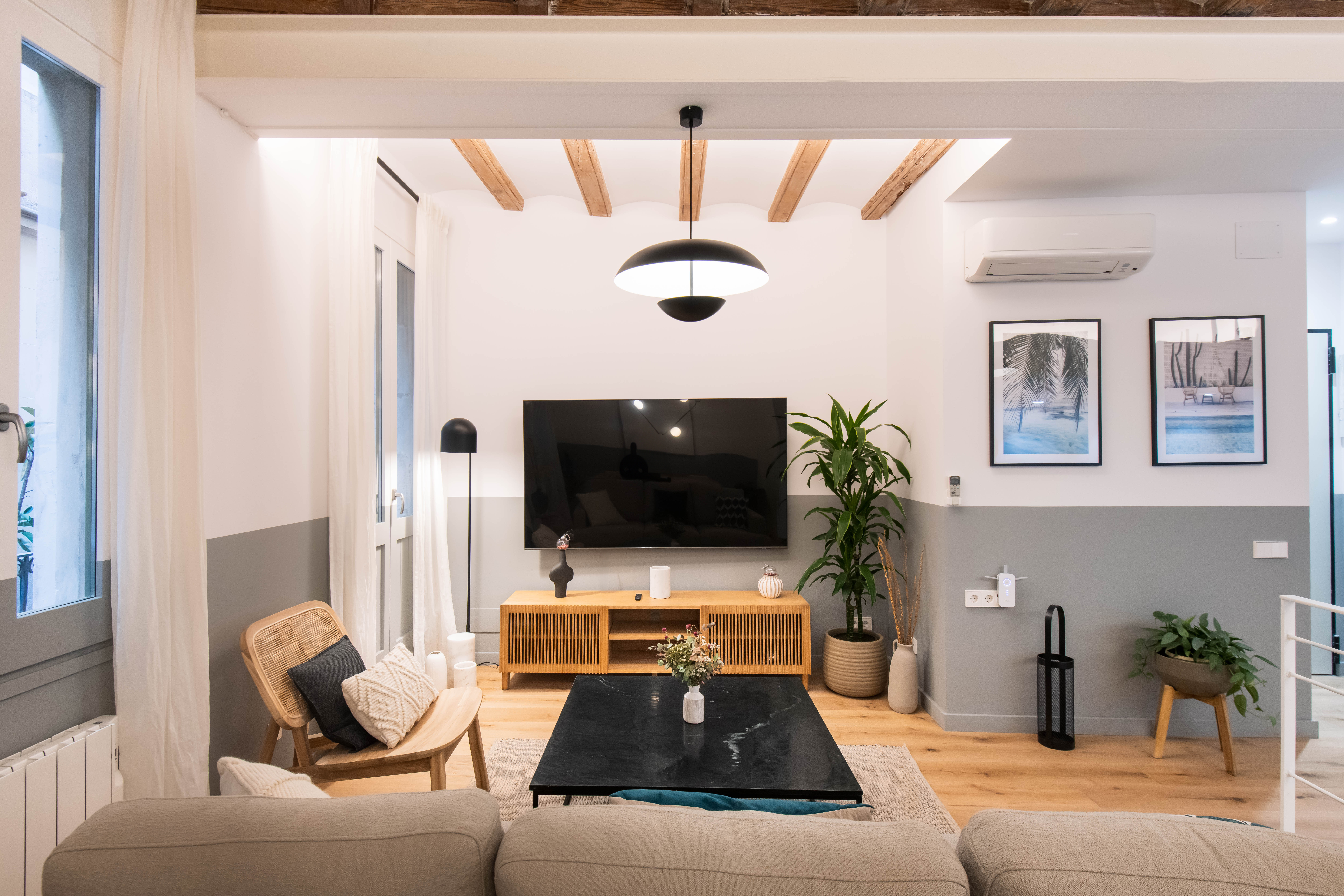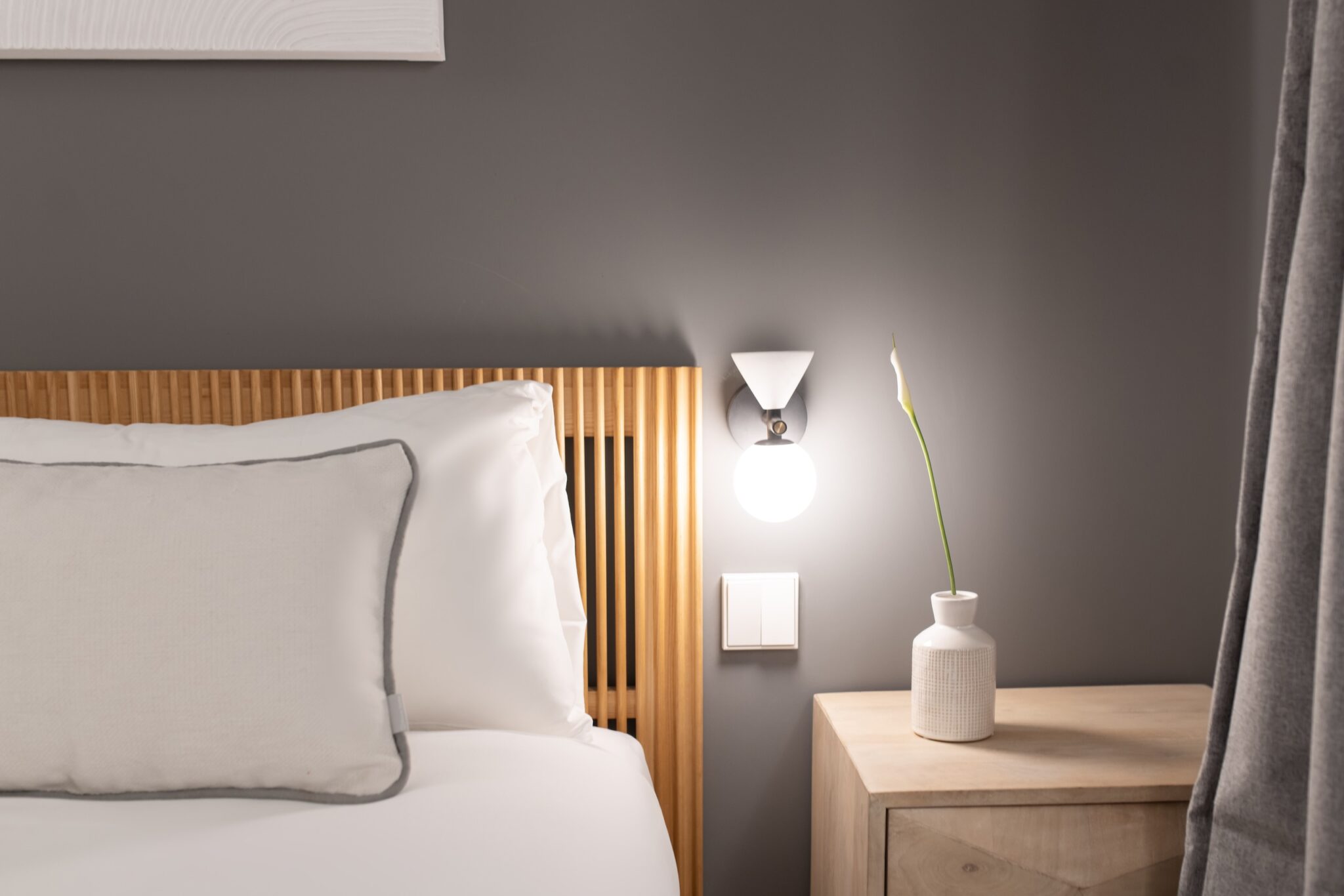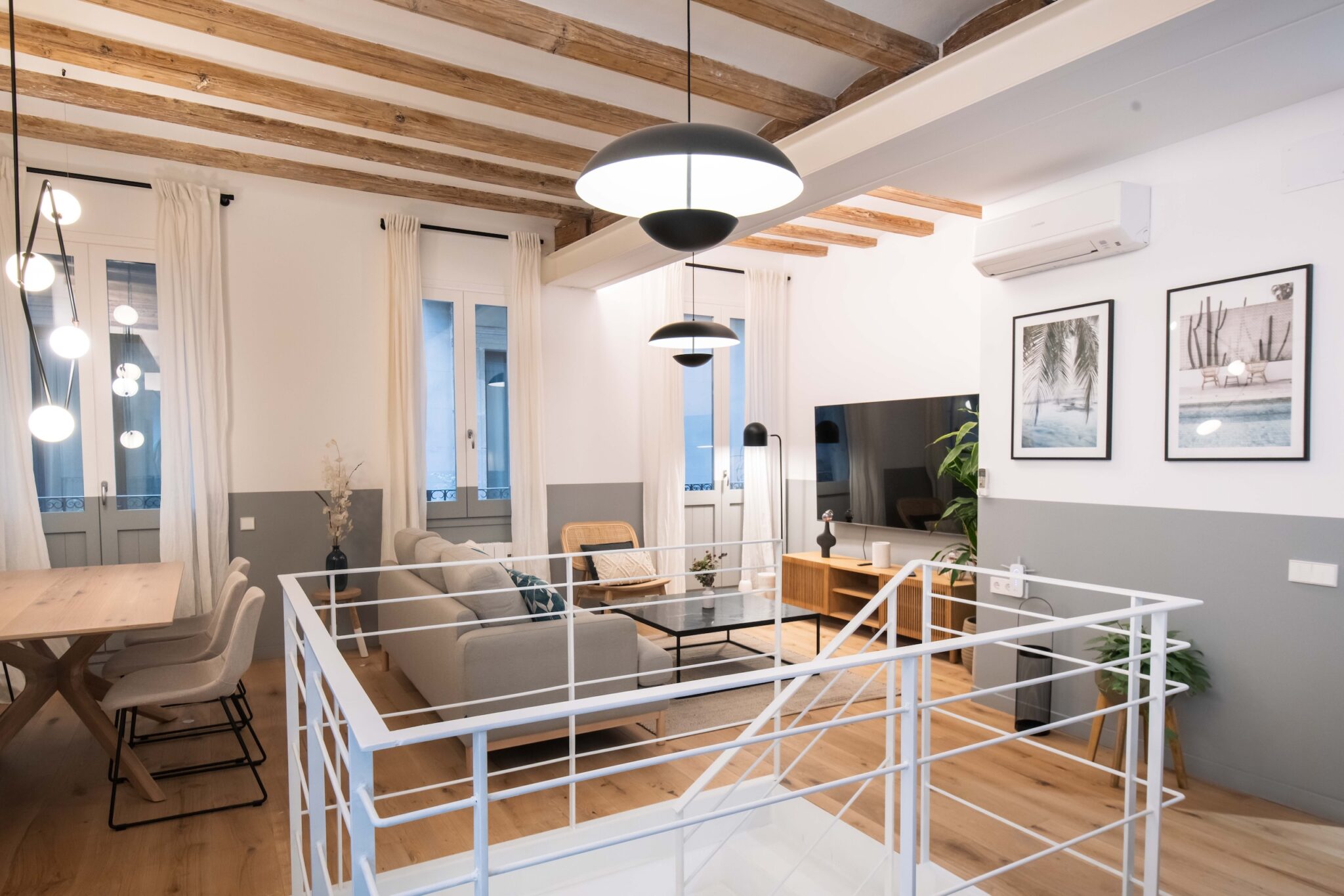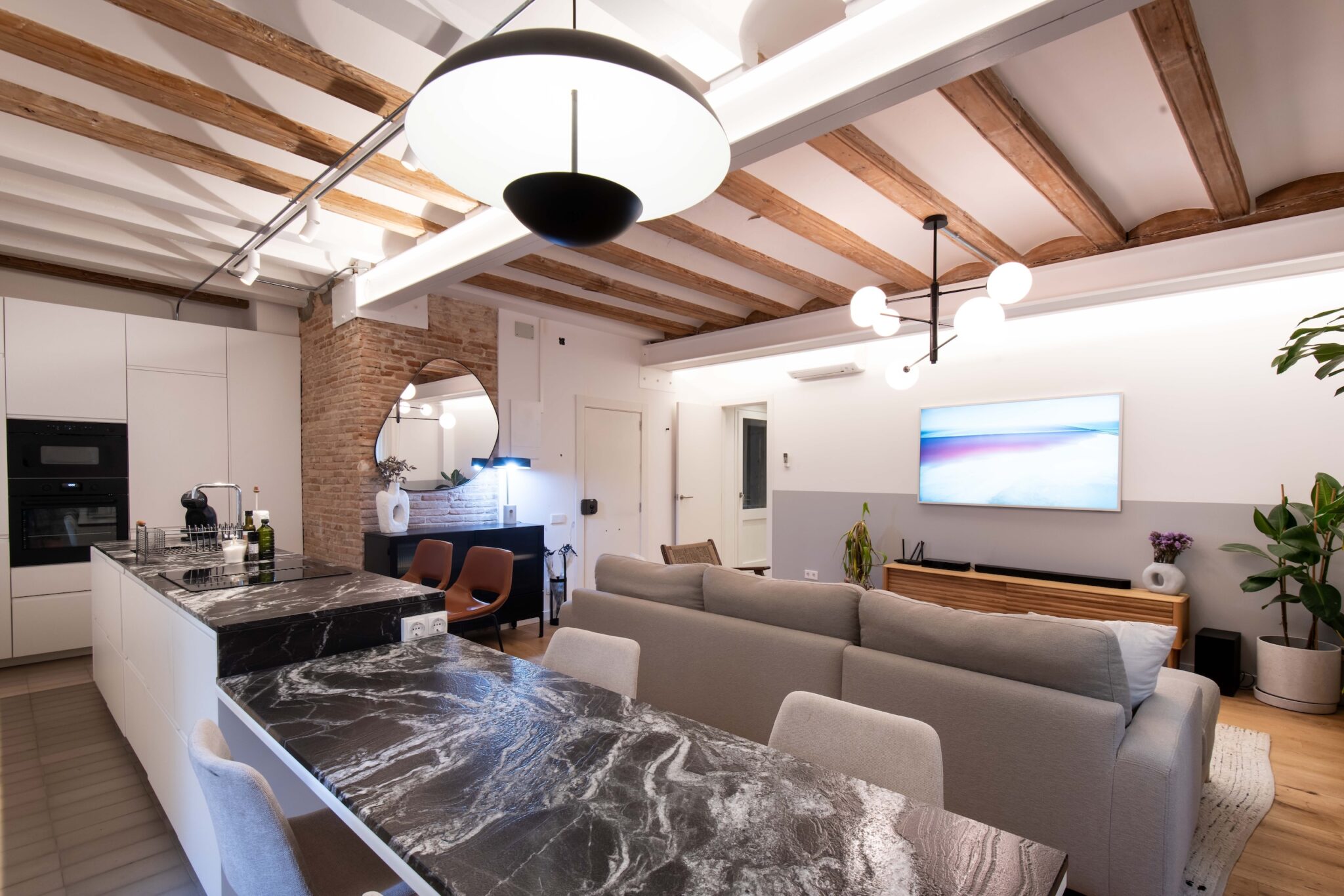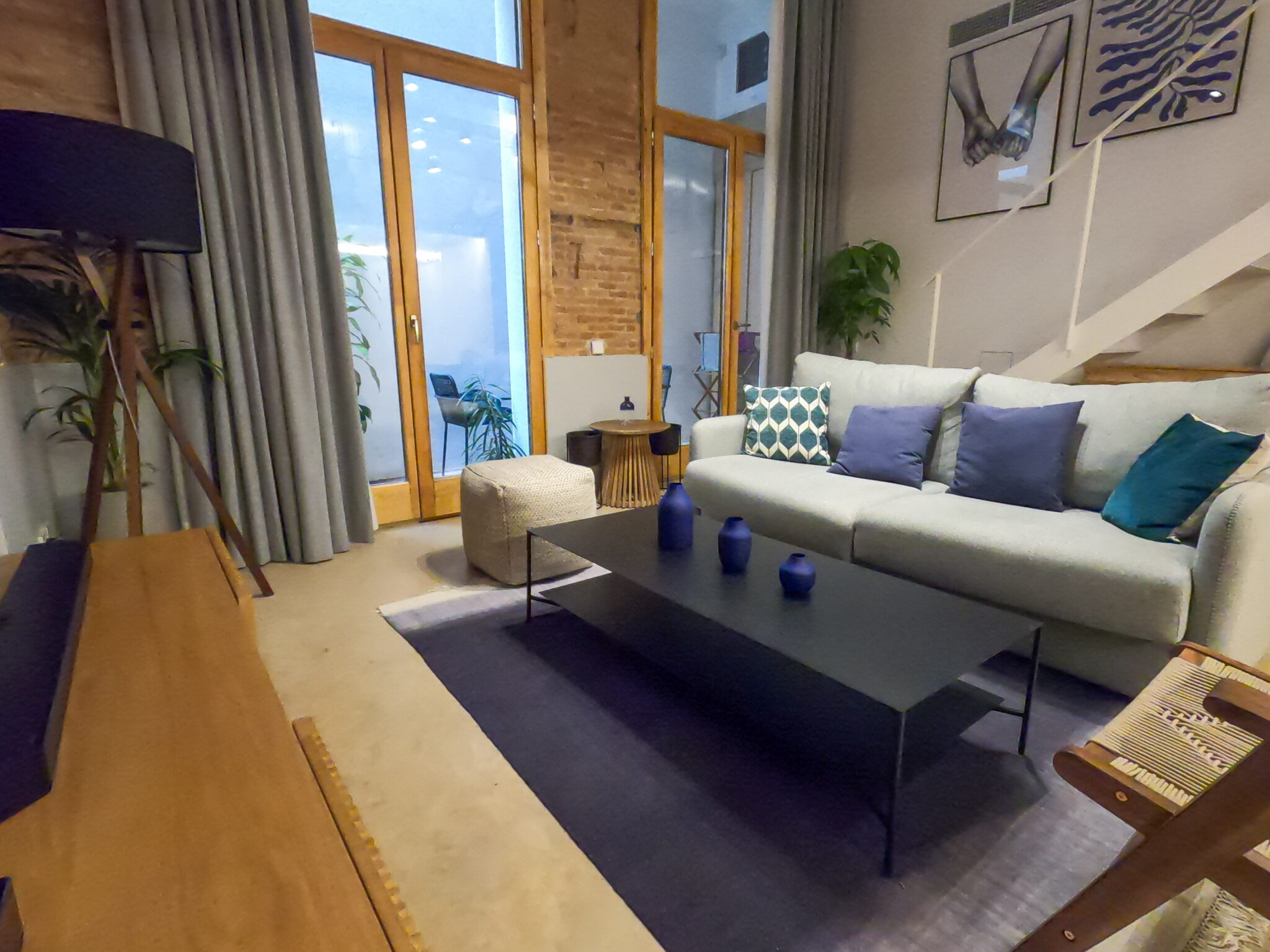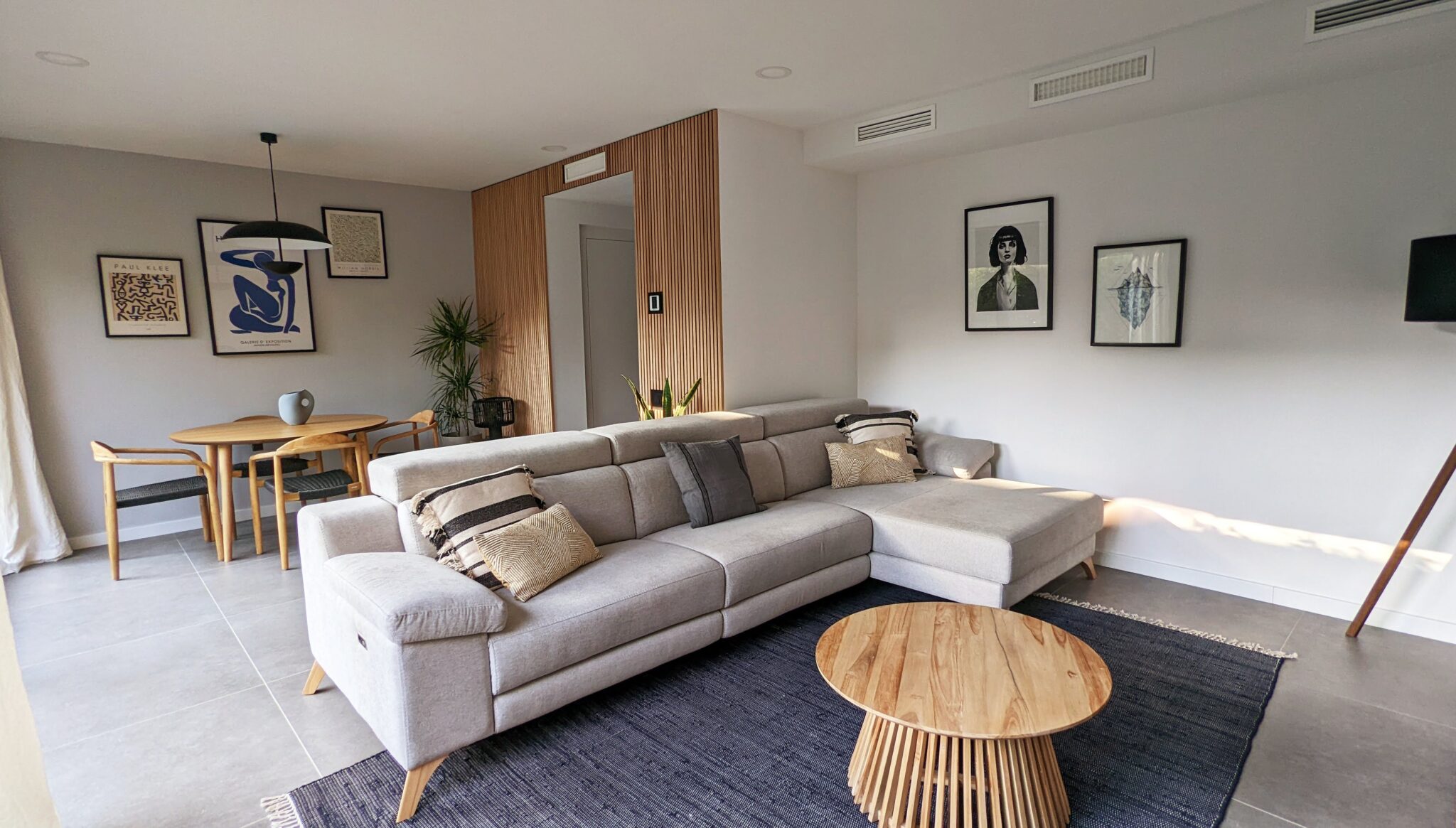Indoor plants not only beautify a space but also have the power to revitalize it, purify the air, and create a sense of calm and well-being. Incorporating them into your home or workspace décor can completely transform the energy of any room.
In this article, we will show you how to strategically and stylishly integrate indoor plants so that your spaces look fresh, cozy, and full of life.
Create a Green Corner
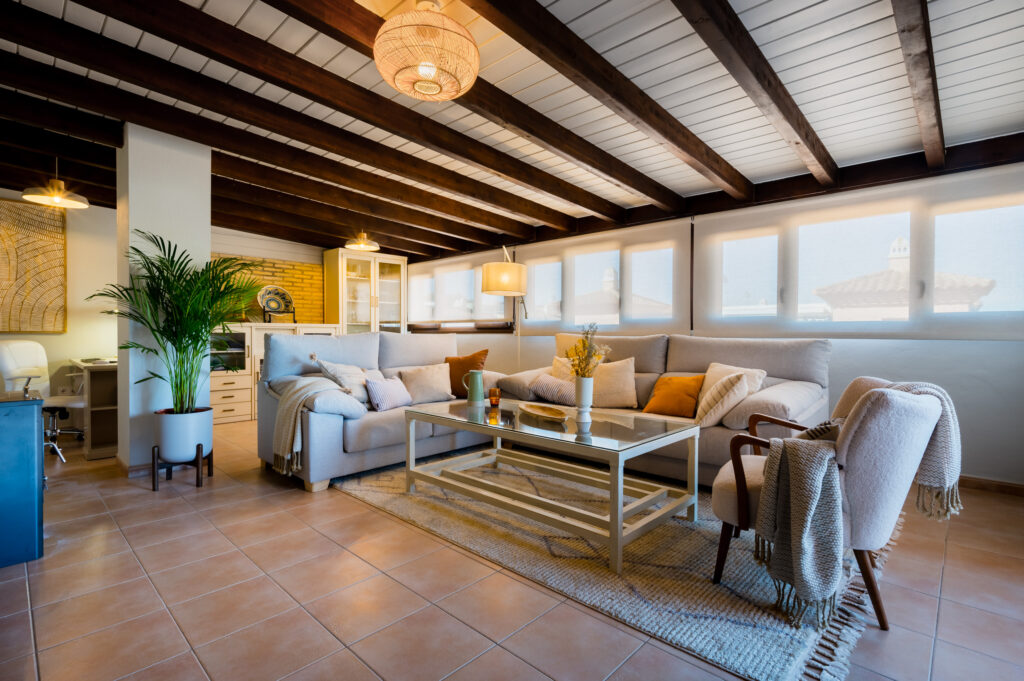
If you want plants to become the focal point of your décor, an excellent option is to create a green corner in your home. Dedicate a corner of your living room, bedroom, or even a wide hallway to display multiple plants together. To ensure this space has a dynamic and harmonious look, use pots of different heights, colors, and textures. You can experiment with materials such as clay, ceramic, cement, or wicker, depending on your home’s decorative style.
Some attractive combinations include:
- Large-leaf plants: Monstera deliciosa, philodendron, or calathea, which create a lush effect.
- Medium plants: Ferns or dracaenas, which add volume.
- Small plants: Succulents or cacti, ideal for smaller spaces or as decorative accents.
This type of arrangement creates a visually appealing effect while fostering a more relaxing and natural atmosphere.
Take Advantage of Height

If you don’t have much floor space, an effective strategy is to utilize height. Placing plants on floating shelves, wall-mounted racks, or hanging them from the ceiling not only saves space but also adds an interesting visual element.
Some ideal plants for this type of arrangement include:
- Pothos (Epipremnum aureum): Grows quickly and is easy to care for.
- English ivy: Its cascading leaves create an elegant and romantic effect.
- Air plants (Tillandsias): Require no soil and can be placed in hanging structures or terrariums.
This approach is perfect for adding dynamism to any room and preventing spaces from looking too flat or monotonous.
Use Plants as Room Dividers
In open spaces or loft-style homes, plants can serve a decorative purpose while also helping to divide areas without the need for walls or screens. For this, choose tall and lush species such as:
- Kentia palm (Howea forsteriana)
- Areca palm (Dypsis lutescens)
- Fiddle-leaf fig (Ficus lyrata)
Placing these plants between the dining and living areas, or between the entrance and a relaxation zone, helps define spaces naturally without interrupting the sense of openness.
Personalize with Decorative Pots
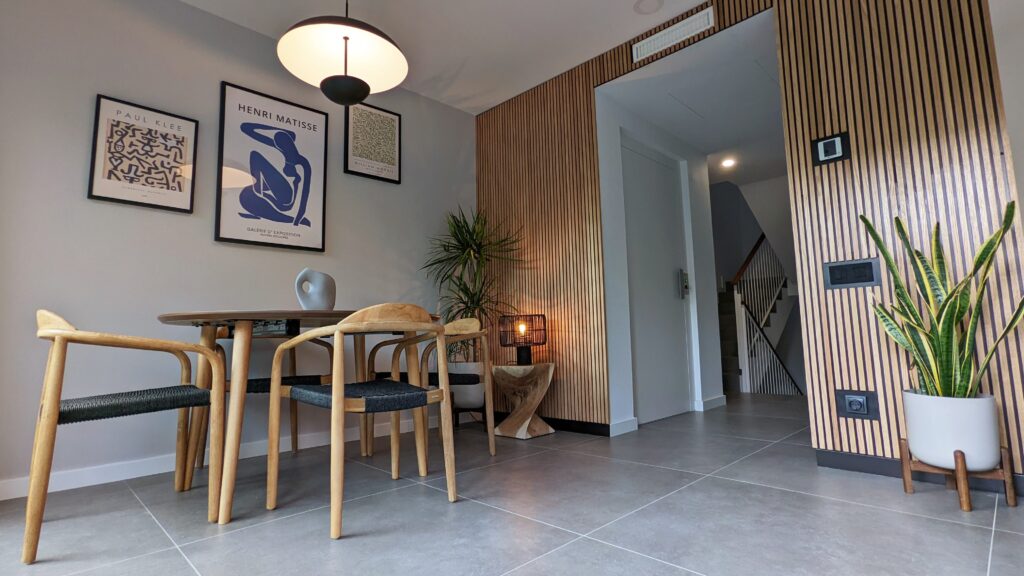
Pots not only serve a practical function but also add style and personality to your décor. Choosing the right ones based on the aesthetics of your space can make a big difference.
Some options based on decorative styles:
- Modern style: Minimalist pots in neutral colors such as white, black, or gray.
- Bohemian style: Wicker baskets, handcrafted ceramics, or macramé planters.
- Industrial style: Cement or metal pots in dark tones with rustic finishes.
- Classic style: Porcelain pots with elegant details.
Playing with different designs allows you to integrate plants harmoniously and enhance their visual impact.
Provide Proper Light and Care
Each plant has specific needs regarding light and watering. Before choosing them, assess the amount of natural light each space receives.
- For spaces with plenty of light: Opt for plants like ficus, aloe vera, or cacti.
- For medium-light areas: Monstera, pothos, and snake plant are excellent choices.
- For low-light corners: Peace lily, zamioculcas, or ferns are resilient options for dim conditions.
Watering is also crucial. Many indoor plants require less water than we might think. It’s best to water them when the top layer of soil is dry, avoiding overwatering, which can cause root rot.
Add Freshness to Unexpected Places
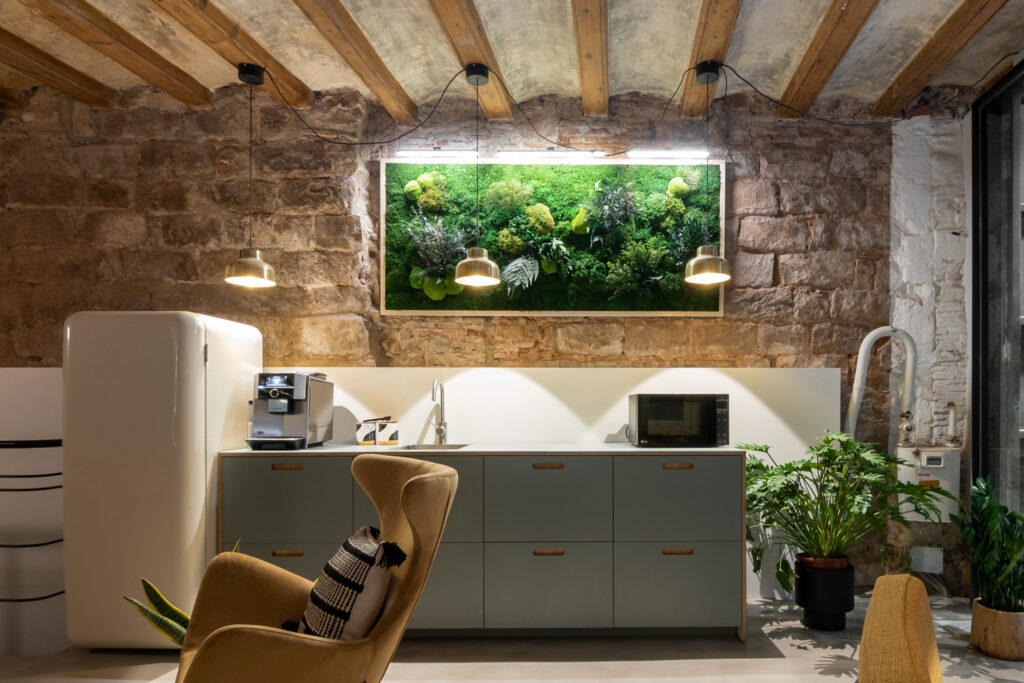
Indoor plants aren’t just for living rooms or bedrooms. Placing them in unconventional areas can add a touch of freshness and balance.
Some ideas include:
- Bathroom: Ferns, bamboo, or air plants that thrive in humidity.
- Kitchen: Aromatic herbs such as basil, mint, or rosemary, which, besides decorating, can be used for cooking.
- Desk: Small cacti or succulents, perfect for workspaces.
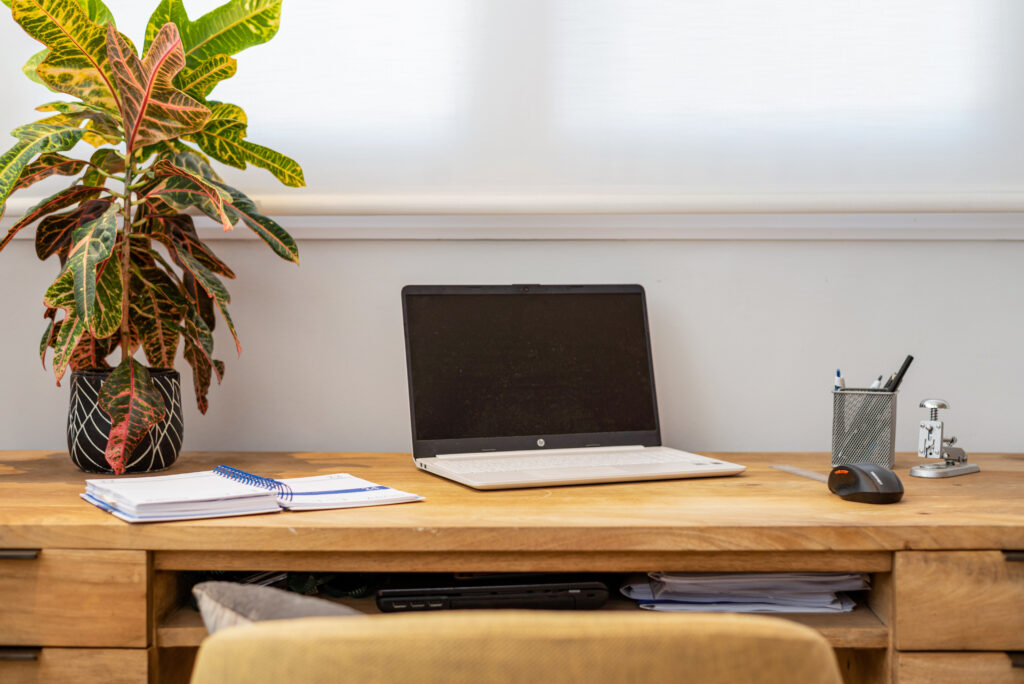
Psychological and Energetic Benefits of Plants
Beyond their decorative value, various studies have shown that the presence of plants in indoor spaces improves mood, reduces stress, and increases productivity. Additionally, in Feng Shui philosophy, certain species such as lucky bamboo or snake plant are believed to attract positive energy and prosperity.
Conclusion
Integrating indoor plants into your home décor not only enhances the space aesthetically but also revitalizes it, promotes well-being, and improves air quality. Whether by creating a green corner, utilizing height, or placing them in unexpected areas, there are many ways to incorporate nature into interior design. With a bit of creativity and proper care, plants can become perfect allies in transforming your home into an oasis of freshness and harmony.
